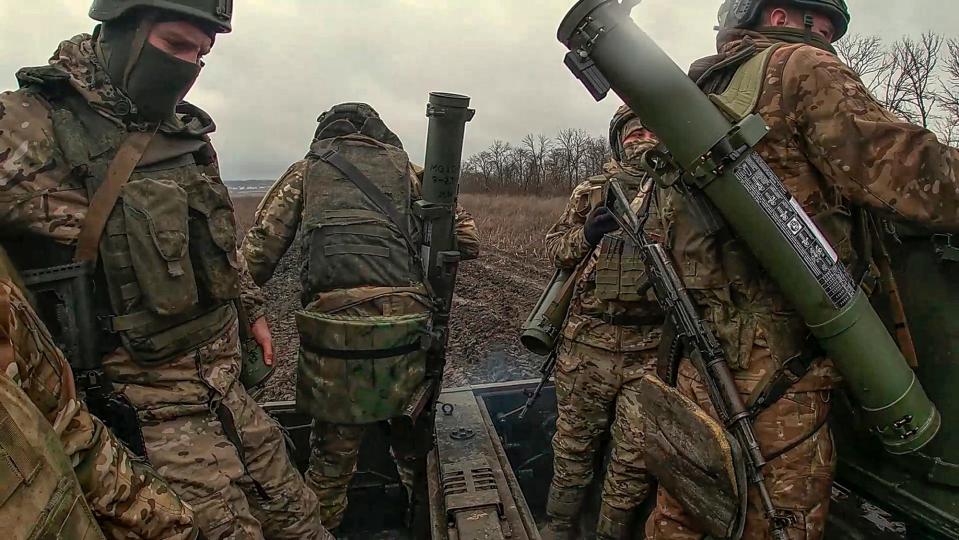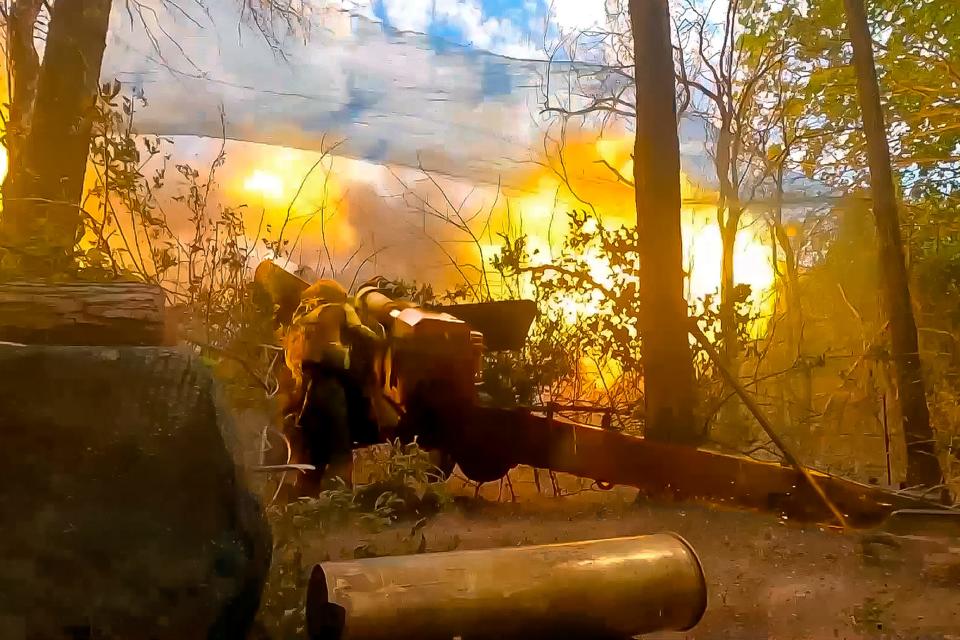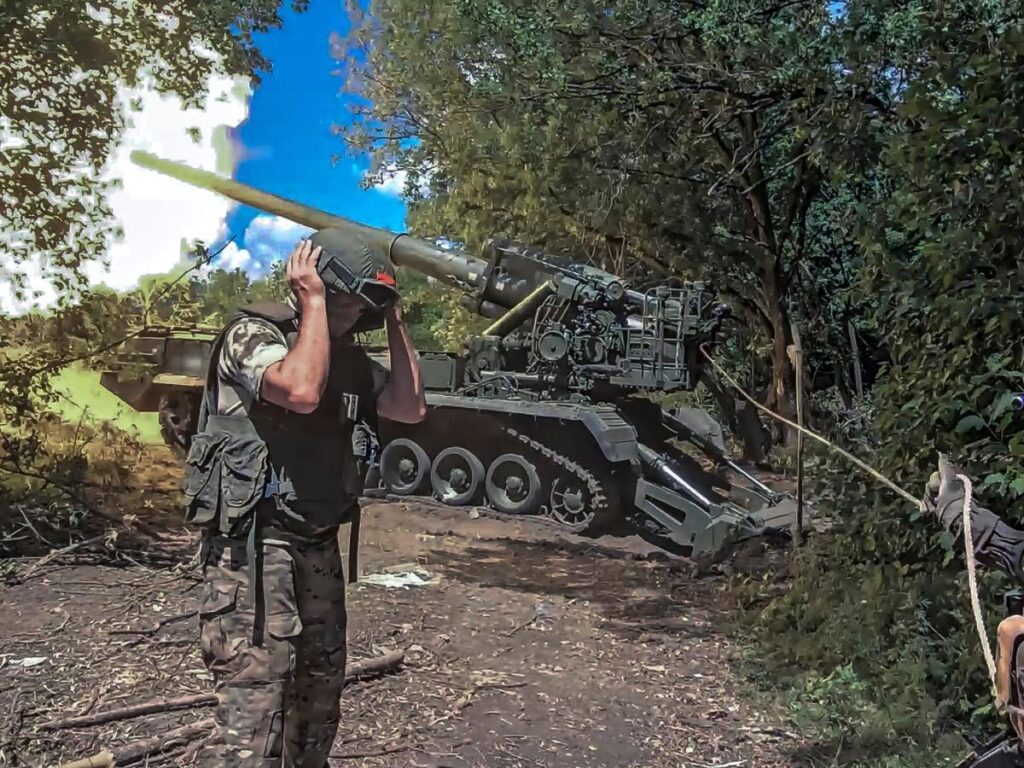-
The training level of the Russian armed forces has continued to decline during the war in Ukraine.
-
One war expert said he has been repeatedly surprised by “the new lows of how poor the quality of the individual Russian soldier is.”
-
“The bar is very, very low right now,” he said.
A Ukrainian war analyst told Business Insider that Russia has continually surprised him as he follows this conflict with how poorly trained its soldiers are. Even when he thinks they can’t get any worse, they somehow find a way.
“I am astonished by the new lows in the poor quality of the individual Russian soldier,” said George Barros, a Russia analyst at the Institute for the Study of War, a U.S. think tank.
Each new batch of recruits gets worse as Russia sends them into battle. He said that when it comes to the quality of Russian soldiers, “it’s getting harder and harder for me to see what other shortcuts they could take, other than maybe just using people who are not fit for service,” such as people with disabilities or who are too old.
“But the bar is set very low at the moment,” he said.
Captured Russian soldiers, war experts, Ukrainian troops and Western intelligence agencies have all pointed out that Russian troops were poorly trained and treated as disposable during the war.
The poor training, combined with the intensity of the war, has led to rapid deaths: in October 2022, just a month after Russia announced the mobilization of 300,000 Russian citizens, some of those new soldiers were already deadafter only a few days of training before being sent to Ukraine.
Russian losses have increased recently as Russian troops continue to struggle with deficiencies in their training.


U.S. intelligence estimated in December that Russia had lost 87 percent of the troops it had before the full-scale invasion, meaning it began the new year without the vast majority of its professional military, which had its own problems. It is now fighting largely with a replacement force it hastily assembled.
Russia’s losses have been high since the beginning of the his invasion of Ukraine in February 2022, appear to have risen sharply in recent months.
The British Ministry of Defence said in July that more than 70,000 Russian troops were probably killed or wounded between May and June. It blamed “an effective Ukrainian defense and a lack of Russian training” for Russia fighting in multiple sectors.
That rate — more than 1,100 casualties per day — appears to have continued, with Ukraine regularly reporting similar Russian losses, including 1,140 casualties in a 24-hour period last Wednesday. Business Insider was unable to independently verify the reported Ukrainian figures.
In addition to the poor training Russian troops receive, Barros also said the higher Russian death toll was due to the fact that Russia has been conducting operations at a high pace in multiple sectors of the front for almost a year. Russia has been “sprinting for a long time,” he said.
Quantity, not quality
In a sense, Russia’s high losses are part of the country’s strategy: Russia has a much larger population and military than Ukraine and can use those soldiers to overwhelm Ukrainian forces.
Barros said that the Russian “whole theory of victory is based on mass, not on individual excellence.”
He said that Russia was inspired by the victories of the Soviet army in World War II: “They did not win their wars because of the individual excellence of soldiers or units. It is because the Soviet Union found a way to be able to wage effective operational wars with large masses of essentially unskilled, individually ineffective soldiers, but together with the masses, were able to achieve what they needed.”


In its invasion of Ukraine, Russia has repeatedly used “meat wave” tactics rooted, in some ways, in the Soviet “No Step Back!” doctrine. These brutal Russian tactics involved sending in waves of untrained, poorly equipped soldiers to overwhelm Ukrainian positions before sending more capable soldiers forward.
Russia has been able to recover and sustain losses, replacing dead and wounded with new recruits, but there are challenges. Russia cannot sustain heavy losses indefinitely.
Russian President Vladimir Putin has not made any attempts to launch a mass mobilization since 2022. According to Russian experts and Western intelligence services, this is a politically risky move that Putin does not seem willing to make.
That limits the pool of new soldiers. Instead, Russia has recruited prisoners, used citizens of allies and partners like Cuba, and used men already serving as reserves.
Matthew Savill, a military strategy expert at the Royal United Services Institute think tank and a former intelligence analyst at the British Ministry of Defence, told BI that Russia’s weak response to Ukraine’s attack on the Kursk region, which began last month, may be partly because “Russian reserves are not as large as we think.”
Read the original article at Company Insider







